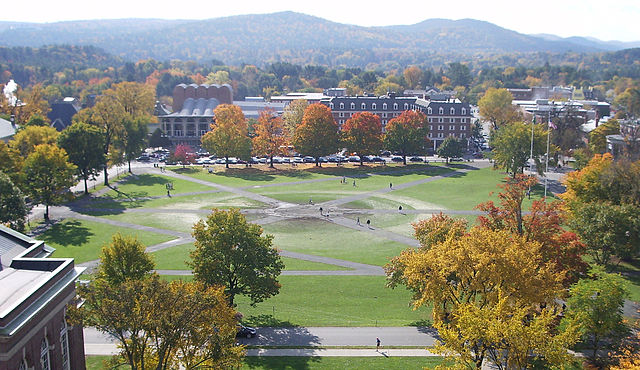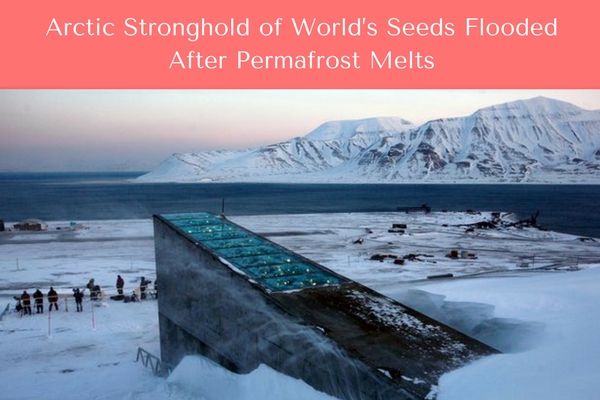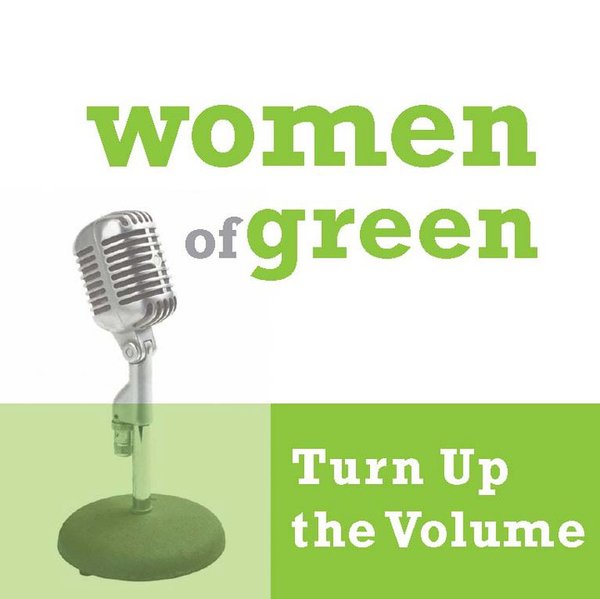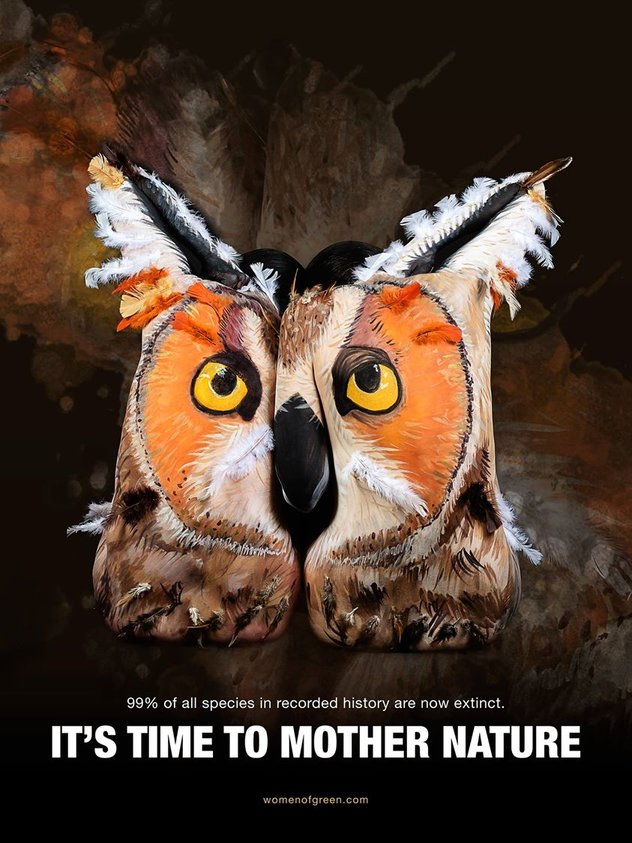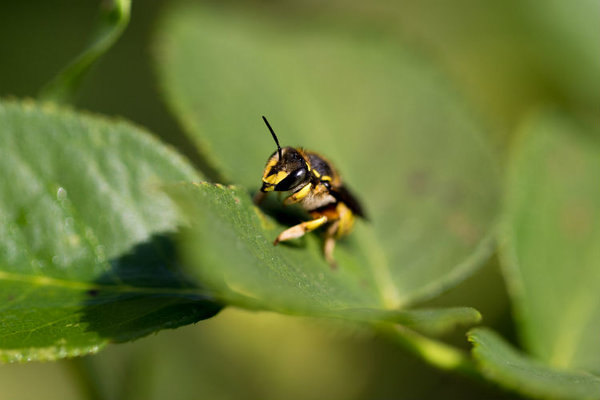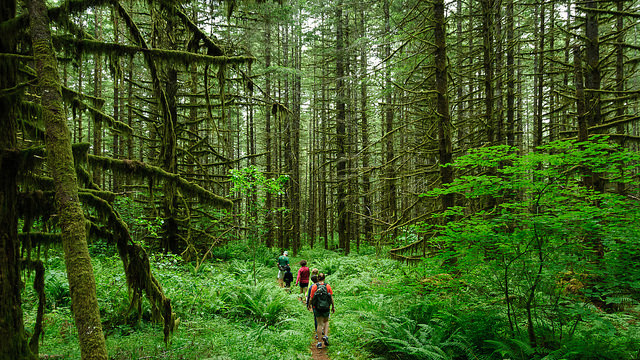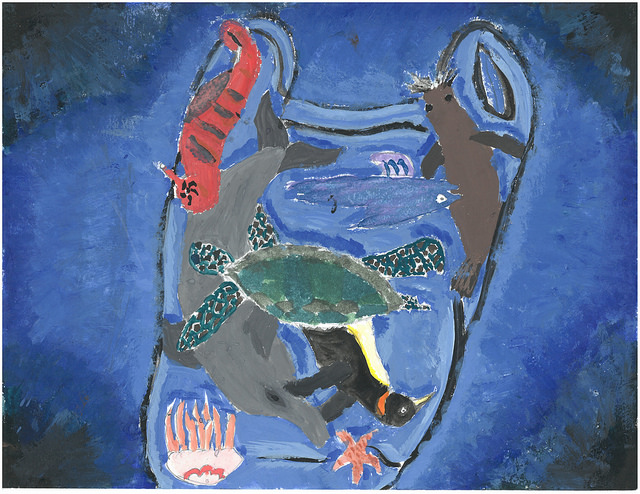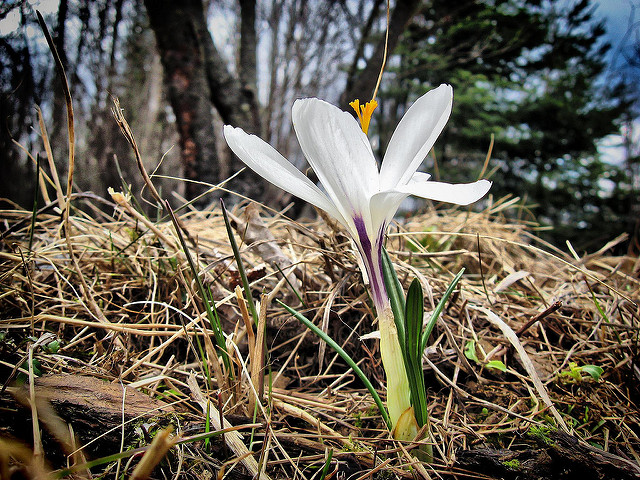When was the last time you went outside just to enjoy nature? If it’s been a while, it might be time to head outdoors — especially if your mental health or productivity could use a boost. That’s because nature has been shown time and again to have healing benefits to those who simply spend time in the fresh air, around lush foliage, taking in incredible landscapes. But what exactly are the benefits of spending time in nature? Here are four ways the outdoors can improve your mental health and stoke your productivity.
Continue reading... →The town of Hanover, New Hampshire voted on May 9th to establish a goal of transitioning to 100 percent clean and renewable energy by 2050. The article approved at the Tuesday May 9th town meeting sets a community-wide goal of transitioning to 100 percent renewable electricity by 2030 and a 2050 goal of transitioning heating and transportation to run on clean, renewable sources of energy.
Continue reading... →This year, we had so much fun creating our Earth Day message for you and hope it will encourage others to see Earth Day as everyday! We gathered some of the most talented female artists we knew and created a Mother Nature Art Poster that is shown above. We named the campaign “It’s Time To Mother Nature” and began with the beloved long-eared owl (I have had numerous close encounters with these mystical birds so I just had to start with them). However, the whole point of our Mother Nature campaign is to increase awareness of the extremely volatile nature of all nature on our planet today. With reverence to the owl family, we created our owl out of human bodies. Two female models (I’m on the left) were body-painted and positioned to shape the owl’s head. It’s the first in a series of Women Of Green Art Posters and our plan is to create one a month for the next six months. But there is a good chance we’ll never stop! If you are an animal or nature lover like me, you can purchase our Mother Nature Owl Art Poster here. The proceeds from this collection will go toward our Women As Game Changers Entrepreneurial Training for women who are determined to change the world through their life’s work.
Continue reading... →Bumblebees are dying all over the world — the United States has even added one species of bee to the endangered species list as of the beginning of 2017. Why are bumblebees dying, and what sort of impact will that have on agriculture? Colony collapse disorder is one of the main things being blamed for the drop in bumble bee populations. This occurs when the worker bees disappear from a bee hive — the queen and immature bees are left behind, but there are no workers left to collect food. Without the food resources provided by worker bees, a hive cannot survive, so the immature bees and the queen eventually die off, causing the whole structure of the hive to collapse. Other than eliminating the pesticides that are killing our bees, how can you help protect the bees that make our produce section possible? Here are three ways.
Continue reading... →The coal industry is in “freefall” worldwide according to the latest annual survey from environmental groups Sierra Club, Greenpeace, and CoalSwarm. According to the survey, new construction and coal plant permits in China and India have sharply dropped off, while aging coal plants were retired across the U.S. and Europe. (The U.S. saw its 250th coal plant retirement on Monday.) The decline of coal has been felt for decades in places like rural West Virginia, and while Trump campaigned on a promise to revive the industry, the survey shows that its decline may be inevitable—while the market share of renewable energy, and potential for sustainable jobs in that sector, continues to rise.
Continue reading... →While it may seem obvious that a good hike through a forest or up a mountain can cleanse your mind, body, and soul, science is now discovering that hiking can actually change your brain… for the better! Aside from the almost instant feeling of calm and contentment that accompanies time outdoors, hiking in nature can reduce rumination. Many of us often find ourselves consumed by negative thoughts, which takes us out of the enjoyment of the moment at best and leads us down a path to depression and anxiety at worst. But a recent study published in Proceedings of the National Academy of Sciences found that spending time in nature decreases these obsessive, negative thoughts by a significant margin.
Continue reading... →Plastic bags are a global problem. Annually, some one trillion of them are used around the world, and fewer than 5 percent are actually recycled. This means a massive buildup of waste, litter, and chemical toxins in the environment. Material engineering professor Nicola Everitt, from The University of Nottingham in the U.K., thinks she might have the solution: Shrimp shells. For the past year, Everitt has been working to turn crushed up crustacean shells into biodegradable plastic bags so that they can be used in Egypt, a country with a severely inadequate waste disposal system. Right now, she and the team in Egypt are working to optimize the Chitosan extraction process, which takes about three days to complete. If the team is successful in Egypt, Everitt plans to explore production in other countries where there is a similar abundance of shrimp shell waste, like Thailand.
Continue reading... →According to the National Phenology Network (NPN), a biological research organization that works with the US Geological Survey to track the cyclical behavior of plant life across the country, this year has been marked by an unusually warm winter, which has led plants to begin spring rhythms very early. With each new leaf index map the NPN releases, the region of the country that’s experiencing a premature spring has grown including Maryland and Virginia — spring is already here. On the most recent one, released, Monday, that region includes New York.
Continue reading... →
